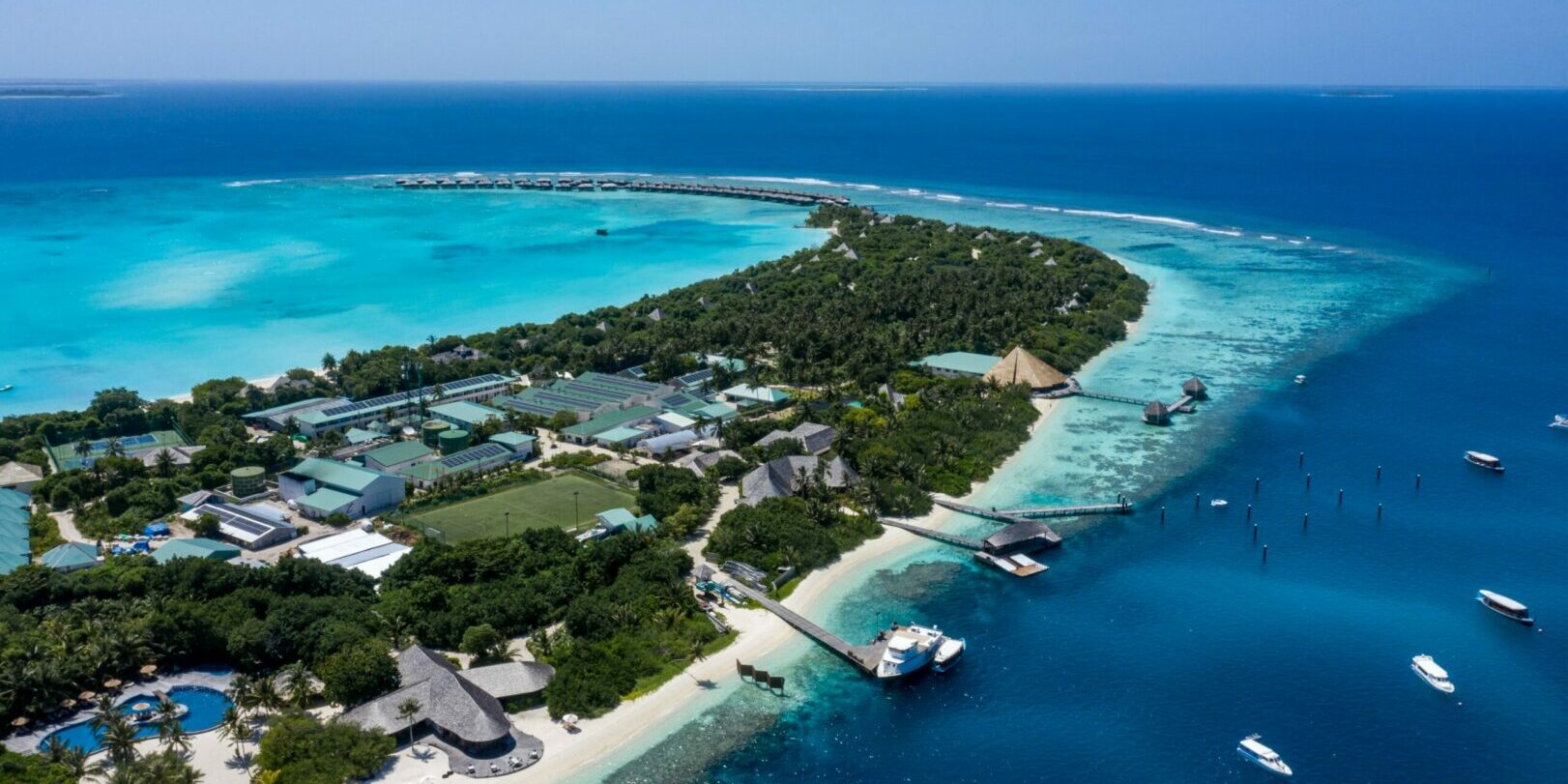Everything You Need to Know About Maldives and Resorts
With pristine white sands and crystal clear waters, the Maldives is truly paradise on Earth. It is famed for the rich marine life in the waters surrounding its 26 natural atolls. Each atoll has its own unique features, offering a wide array of things to see and do wherever you go. The serene Maldives islands are an escape from the hustle and bustle of busy cities. This is everything you need to know before you plan your visit to the isles.
6. Getting Around the Maldives Islands
9. Airlines operating to Maldives
1. Where is the Maldives?
On a map, it appears as an isolated chain of islands located in the heart of the Indian Ocean. The Maldives lies on a stretch of ocean southwest of Sri Lanka and India.
Contrary to popular belief, the Maldives is not part of another country. The nation gained independence in 1965 under an agreement signed with Britain. As the result of a national referendum in 1968, locals abolished the sultanate and established a republic. At present, the Republic of Maldives is a multiparty constitutional democracy.
2. What is the weather like?
 Due to its close proximity to the equator, this archipelagic state has a warm, tropical climate all year round. Despite seasonal fluctuations, the average temperature ranges from 25°C to 32°C. There is no winter, spring, summer or autumn in the Maldives. The two distinct seasons are the southwest monsoon and northeast monsoon.
Due to its close proximity to the equator, this archipelagic state has a warm, tropical climate all year round. Despite seasonal fluctuations, the average temperature ranges from 25°C to 32°C. There is no winter, spring, summer or autumn in the Maldives. The two distinct seasons are the southwest monsoon and northeast monsoon.
The southwest monsoon is the wet season, extending from around mid-May to November. The season brings cloudy skies, torrential rain and strong winds with potential storms. Usually, rainfall occurs in brief showers, with sunny periods in between. Therefore, prices are generally much lower during this period.
The northwest monsoon is the dry season and occurs from January to March. This is the best time to visit the Maldives as you get to best experience the sunny side of life. This is when tourists tend to flock to the islands for that picture-perfect tropical getaway.
3. Religion & language
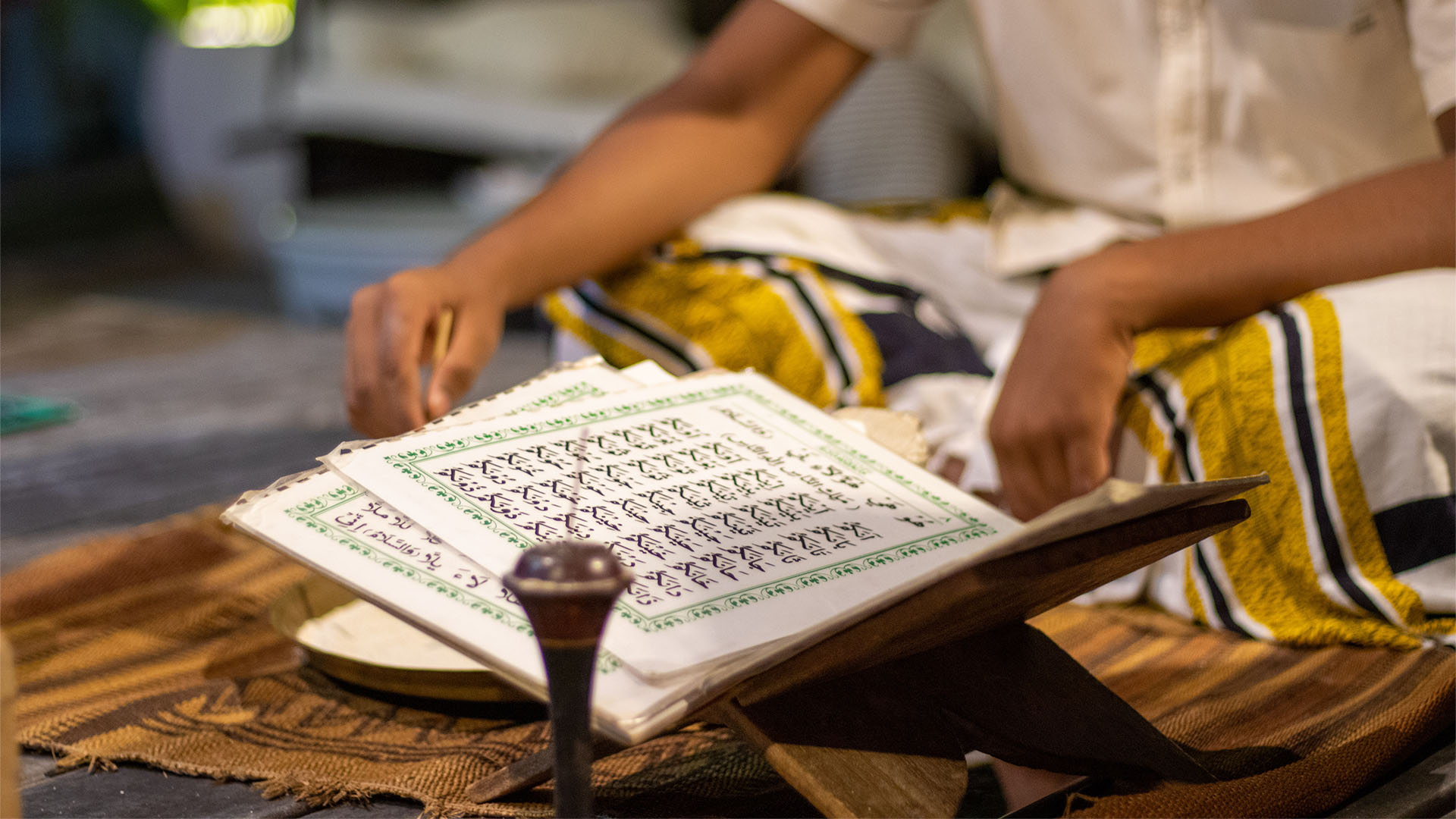 The Maldives is a 100% Muslim nation, with all citizens following the teachings of the Sunni sect. Consequently, pork and alcohol are banned on islands inhabited by locals but are available for tourists on resorts. When in inhabited islands, guests, especially women, are recommended to wear modest clothing out of respect for local customs.
The Maldives is a 100% Muslim nation, with all citizens following the teachings of the Sunni sect. Consequently, pork and alcohol are banned on islands inhabited by locals but are available for tourists on resorts. When in inhabited islands, guests, especially women, are recommended to wear modest clothing out of respect for local customs.
The national language is Dhivehi, written in the ‘Thaana’ script. The language is closely related to Sinhalese, which is spoken in Sri Lanka. It was formed based on influences from Arabic, French, Portuguese, Hindi, and English. But not to worry; English is the unofficial second language of the Maldives, widely spoken by locals. Additionally, resort staff speak a number of languages including German, Russian and Chinese.
4. Where to stay
The first thing that comes to mind when you think about where to stay in the Maldives is the iconic overwater villas in luxury resorts. You will be glad to know that there are several accommodation options at varying price points, so you will be sure to find your ideal home away from home without breaking the bank. However, there are a number of factors to consider before you choose where to stay. Your budget, specific places you want to visit, or things you want to do, for instance.
Resorts
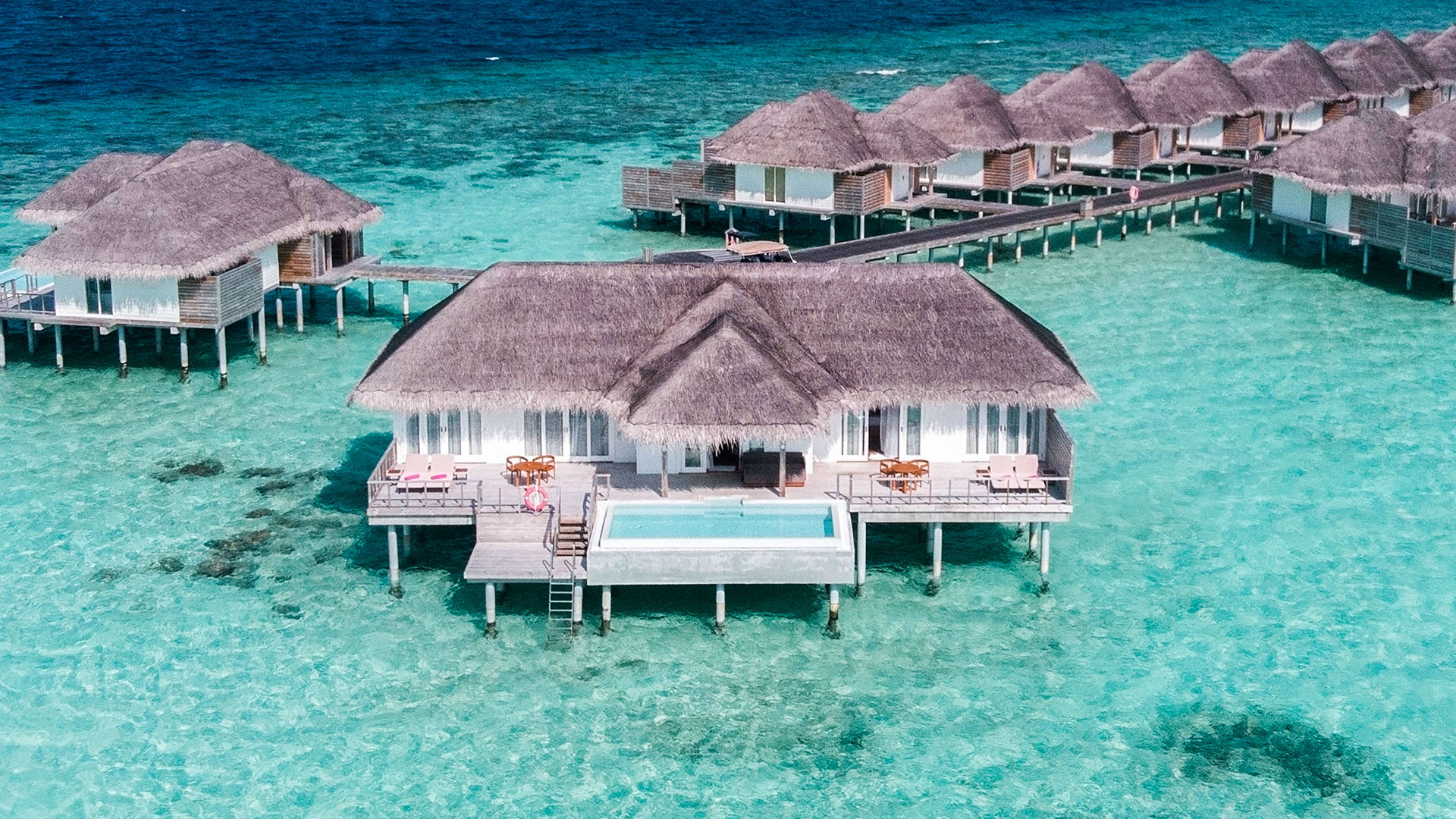
Currently, there are 151 operational resorts in the Maldives. Every resort sits on an island of its own. This one-island-one-resort concept makes Maldives a safe haven during the ongoing pandemic. It also ensures safety and privacy.
It is a common misconception that resort accommodations cost a fortune. You can absolutely splurge on one of the more high-end luxury resorts. Alternatively, you can find more affordable options that still offer the best of what the nation has to offer. All-inclusive resorts and packages provide the best rates and allow you to experience what this island paradise is all about.
Guesthouses
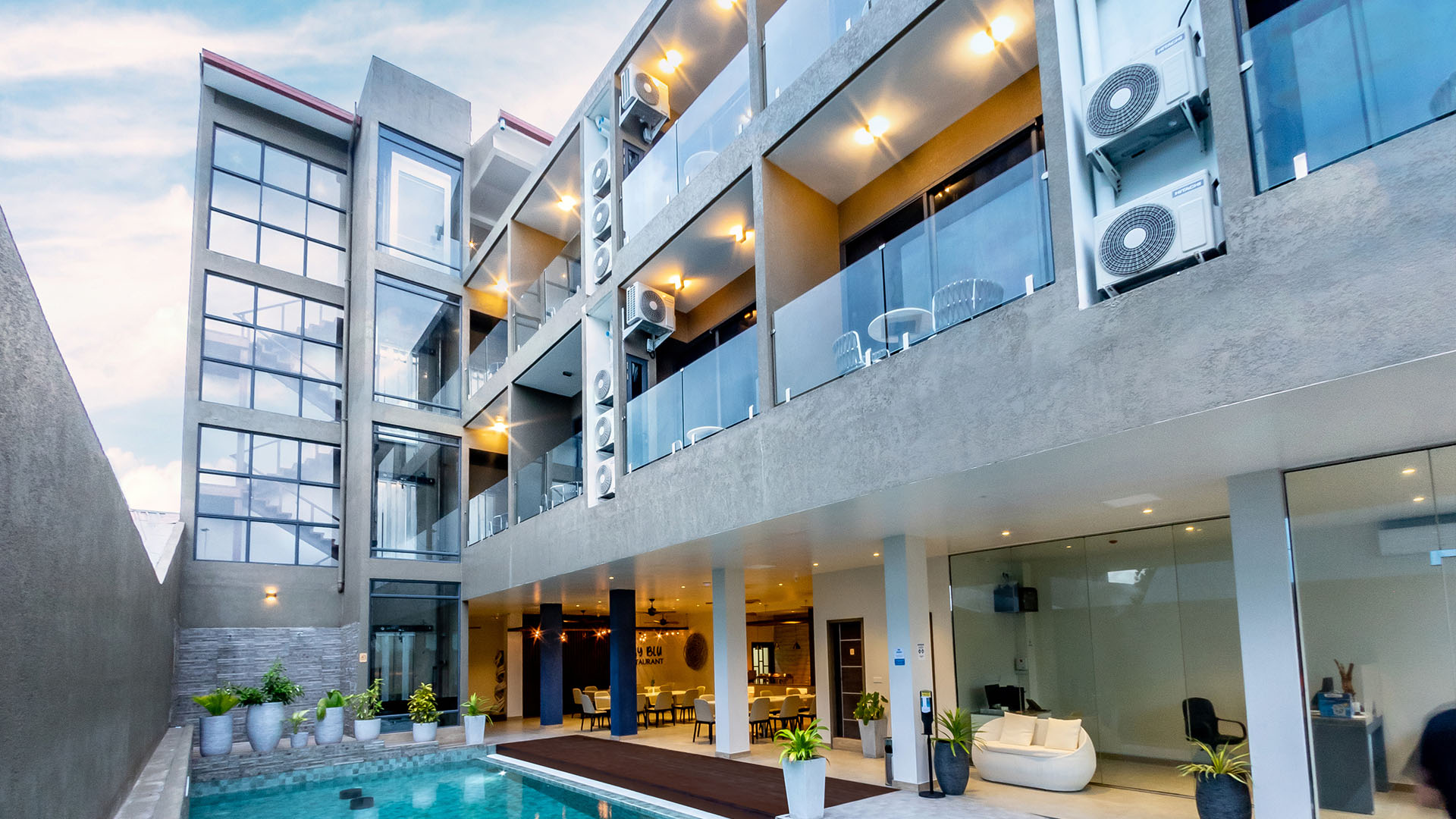 The types of guesthouses range from budget to boutique and more. The amenities and service are different from what is found in resorts but are quite similar. Compared to high-end resorts, guesthouses are a significantly cheaper option.
The types of guesthouses range from budget to boutique and more. The amenities and service are different from what is found in resorts but are quite similar. Compared to high-end resorts, guesthouses are a significantly cheaper option.
With nearly 50 guesthouses, the island of Maafushi is a hotspot for budget travellers. Maafushi is a relatively short journey from the airport, with ferries travelling to and from the island five days a week. Even though guests are not allowed to drink alcohol on the island, there is a safari boat anchored nearby – a floating bar where you can find anything from beer and wine to vodka and whiskey.
Choosing to stay in a guesthouse on an inhabited island means you are immersed in the island lifestyle. Discover the rich history and hospitable culture of the Maldives firsthand with visits to historical sites and participating in the locals’ daily activities. Because island communities are quite tight-knit, kids and adults alike come out to play a game of football in the evening. Sip on some tea and munch on some ‘hedhika‘ (short eats) as you take in the scenery.
Liveaboards
Although you may be able to go on excursions from anywhere in the country, you may want to look into liveaboards. They come in a variety of sizes and standards, catering to all budgets. You have the best of both worlds when you are living aboard a liveaboard. All the comforts and luxuries you can find on land, plus unfiltered access to the ocean whenever you wish. A floating resort curated just for you, visiting isolated sandbanks, diving and snorkelling hotspots, and world-class surf breaks.
5. Things to do in Maldives
Palm trees dancing in the wind, glowing white sands and refreshing waters are a given no matter where you choose to stay in the Maldives. There are some key activities that you must partake in for the complete Maldivian experience.
Explore the waters
The Maldives has some of the best marine life in the world. Every island is surrounded by natural barrier reefs, so it is easy to spot fish and coral without having to venture too far from shore. There are plenty of accredited dive centres where you can rent diving and snorkelling equipment and take lessons from a professional if you are a beginner.
Local experts can guide you towards calmer, shallower waters for the less experienced, and deeper, more difficult sites for the more advanced divers. Some of the best sites to snorkel and dive include the Hanifaru Bay in the Baa Atoll, a UNESCO Biosphere Reserve. The plankton-rich waters are frequented by manta rays, sharks, green turtles and more.
Watersports
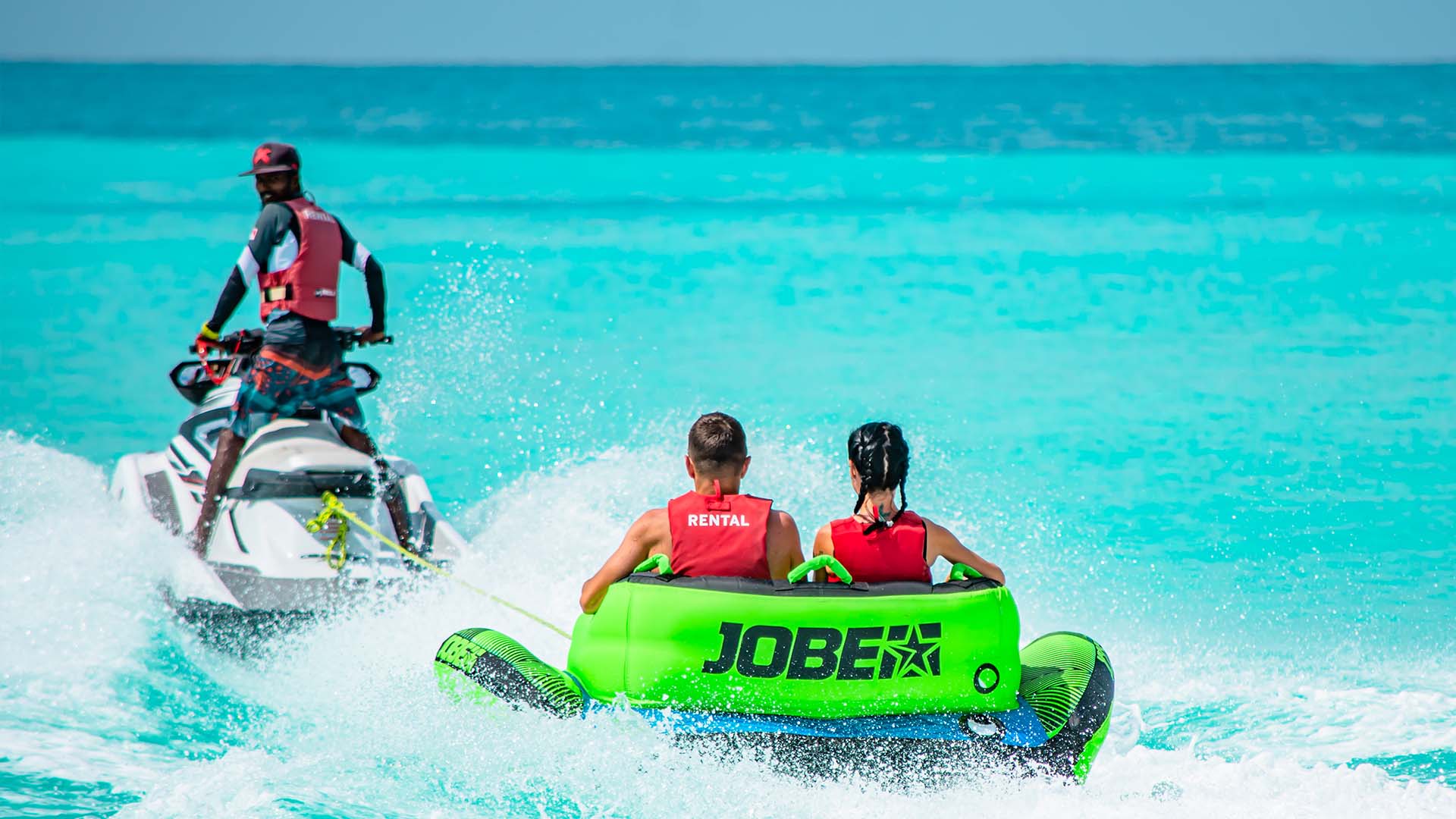 Watersports are a quintessential part of vacationing in the Maldives. There are calmer activities suited for those who wish to unwind and enjoy the scenery, and extreme sports for thrill-seekers.
Watersports are a quintessential part of vacationing in the Maldives. There are calmer activities suited for those who wish to unwind and enjoy the scenery, and extreme sports for thrill-seekers.
Kayaking and catamaran sailing are easy and fun ways to explore. But wait – how about a boat with a glass bottom? A glass-bottomed boat or dinghy allows you to see into the clear waters and observe the fish and corals as you paddle along.
If an adrenaline rush is what you are after, speed through the water and create waves with a jetski. Let the wind push you to new heights as you go kitesurfing. Then, get hooked on diving into the ocean and hovering over the water with flyboarding.
Discover the rich history of the Maldives
Take a tour of the numerous historical sites and ruins in the country. There are dated mosques with intricate carvings, Buddhist ruins and palaces of past sultans to be explored. The architecture of the structures are quite remarkable, and it is extremely fascinating to see the attention to detail up close.
The tomb of Mohamed Thakurufaanu, a national hero who liberated the Maldives from Portuguese rule, has artfully crafted steps and pillars. The ‘Hukuru Miskiy’, or Friday Mosque, dates back to the 1600s. The delicate stone carvings found all over the mosque are a testament to the remarkable craftsmanship of Maldivians. Although the sites have been installed with informative plaques, it is crucial to find a certified tour guide to narrate the stories behind each site.
Experience the culture
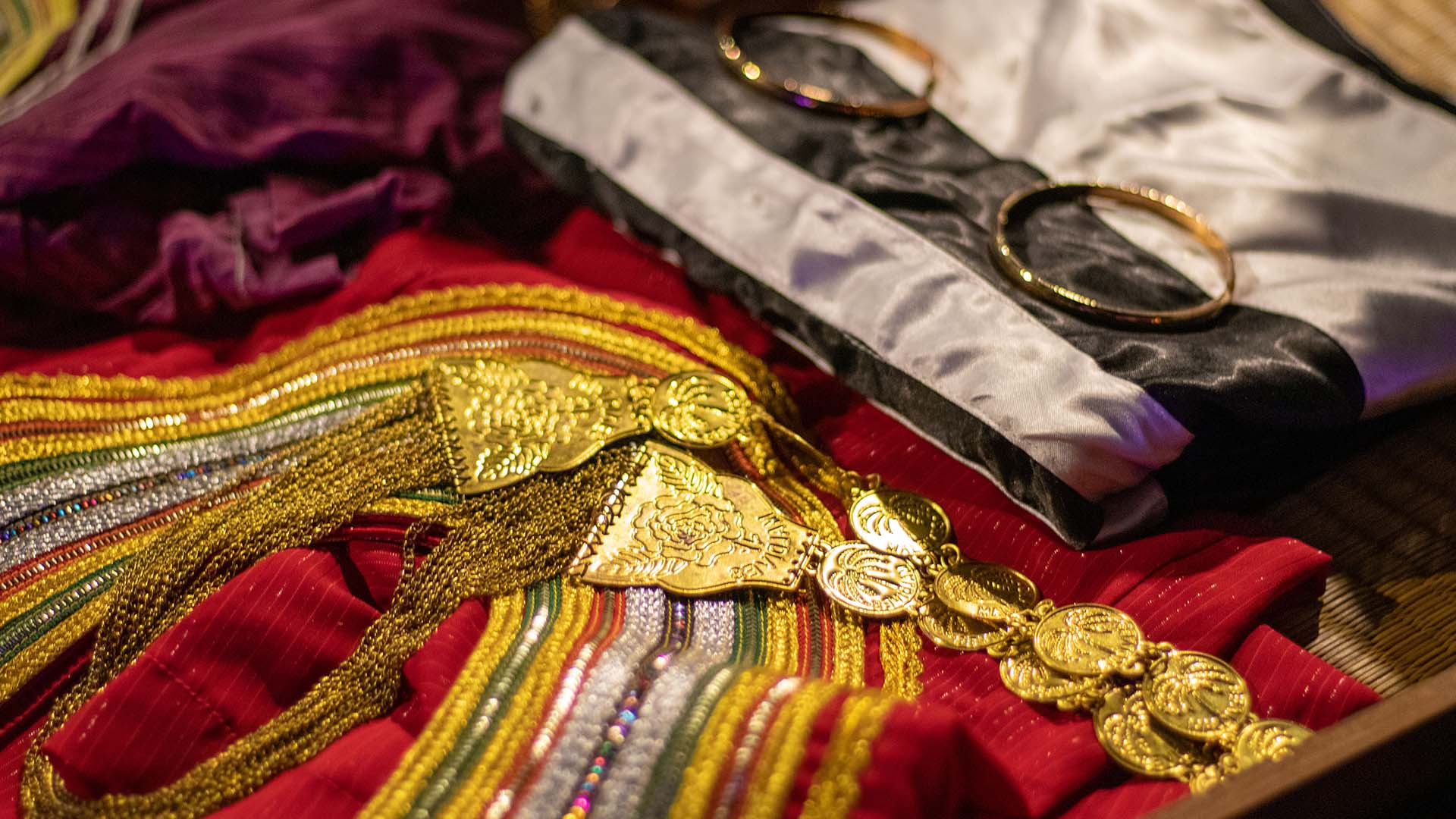 Known for their unparalleled hospitality, Maldivians are welcoming to all and happy to share the local culture. Their handiwork reflects the eccentrics and creativity of these island people.
Known for their unparalleled hospitality, Maldivians are welcoming to all and happy to share the local culture. Their handiwork reflects the eccentrics and creativity of these island people.
Your cultural experience must begin with the arts. The colourful ‘kasabu’ or neckline of the traditional dress ‘Dhivehi Libaas’ is handwoven. These wearable works of art require thin ribbons of cotton and silk braided with metallic threads. Then, move on to the musical scene. Boduberu, traditional drums, are accompanied by dancers whose movements become more erratic with the quickening beat.
If you visit an inhabited island, you may find yourself listening to folk stories and local legends over tea. Since food is one of the best ways to immerse oneself in a foreign culture, we would highly recommend sampling the cuisine.
Unwind at the spa
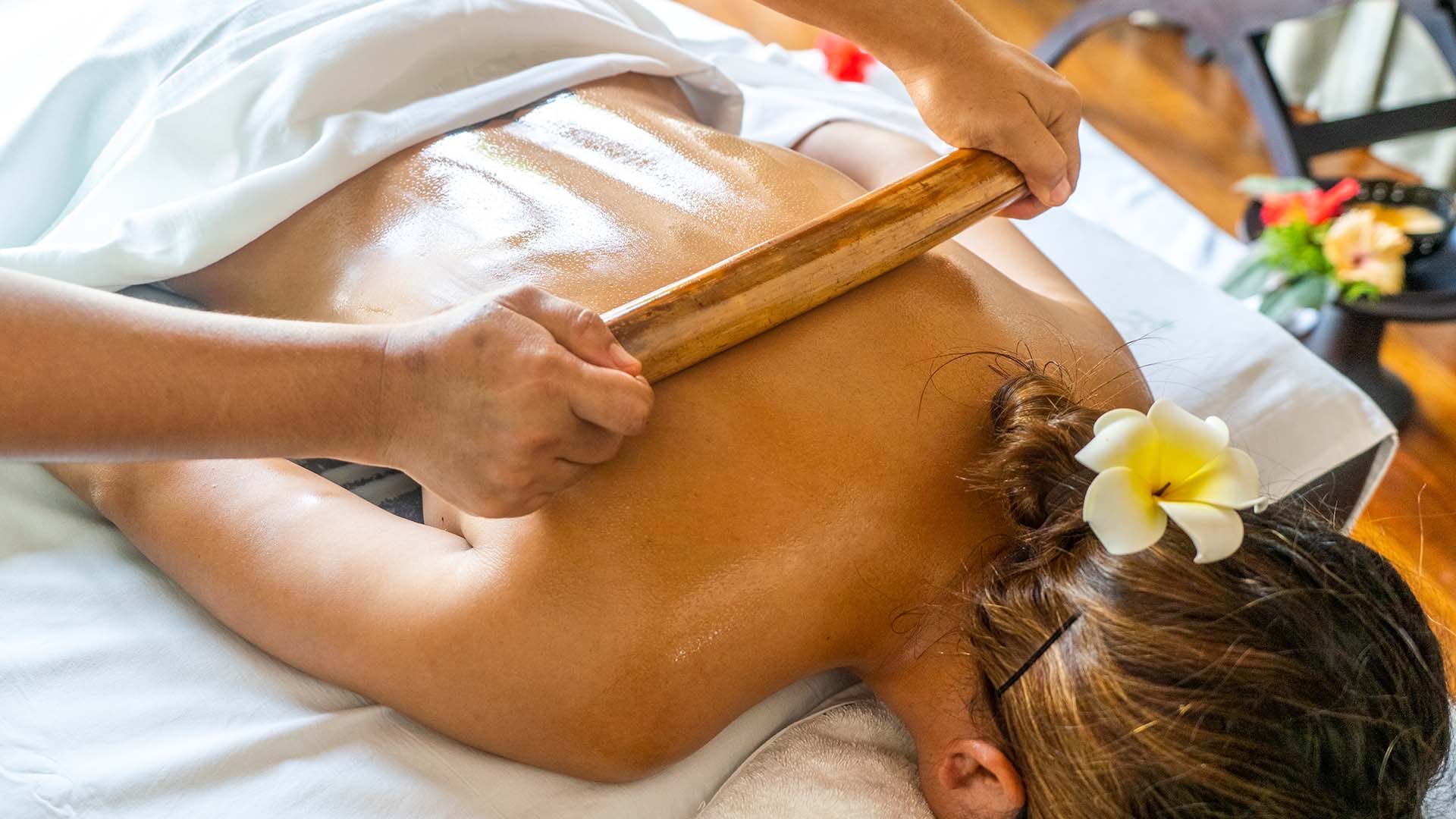 What is better than relaxing at a spa in a tropical paradise? Some spas sit right above the lagoon, giving you breathtaking views. The waves serenade you as you take a much-needed break to relax sore muscles.
What is better than relaxing at a spa in a tropical paradise? Some spas sit right above the lagoon, giving you breathtaking views. The waves serenade you as you take a much-needed break to relax sore muscles.
Spa therapists are trained to international standards and offer every treatment imaginable. From science-backed treatments with expert formulas to holistic treatments with natural ingredients, there is something for everyone. Prices vary from spa to spa and treatment to treatment, but there are options for all types of spenders.
Visit a sandbank
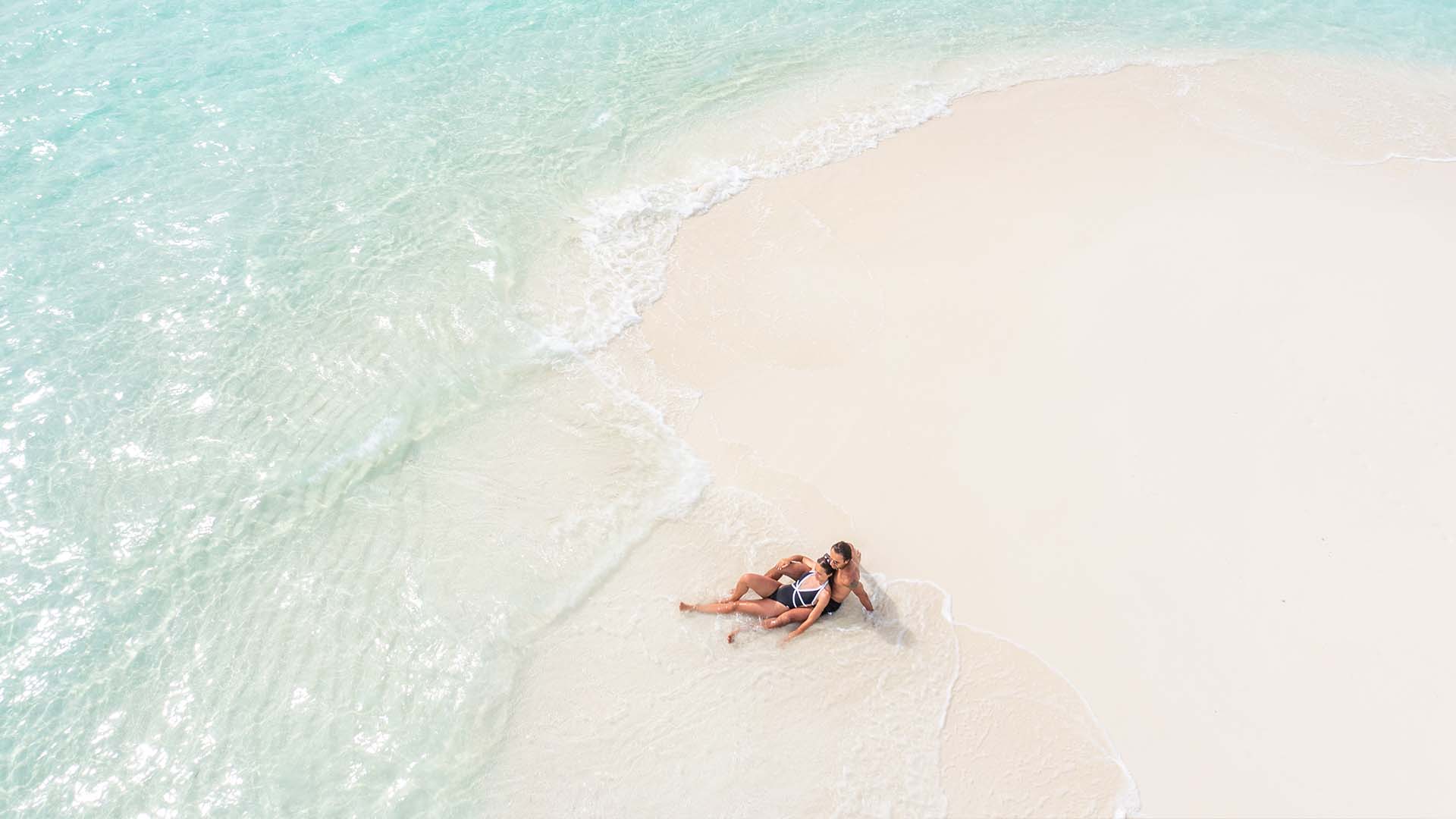 There are numerous sandbanks scattered across the archipelago. If you are wondering what a sandbank is, it is exactly what it sounds like. Small mounds of sand in the middle of the ocean that feel like your own little private island. The shock of white on the bright blue waters are amazing for photoshoots, and picturesque locations for picnics. In addition, some resorts or guesthouses will offer to decorate the space for a romantic proposal or other special events.
There are numerous sandbanks scattered across the archipelago. If you are wondering what a sandbank is, it is exactly what it sounds like. Small mounds of sand in the middle of the ocean that feel like your own little private island. The shock of white on the bright blue waters are amazing for photoshoots, and picturesque locations for picnics. In addition, some resorts or guesthouses will offer to decorate the space for a romantic proposal or other special events.
6. Getting around the Maldives islands
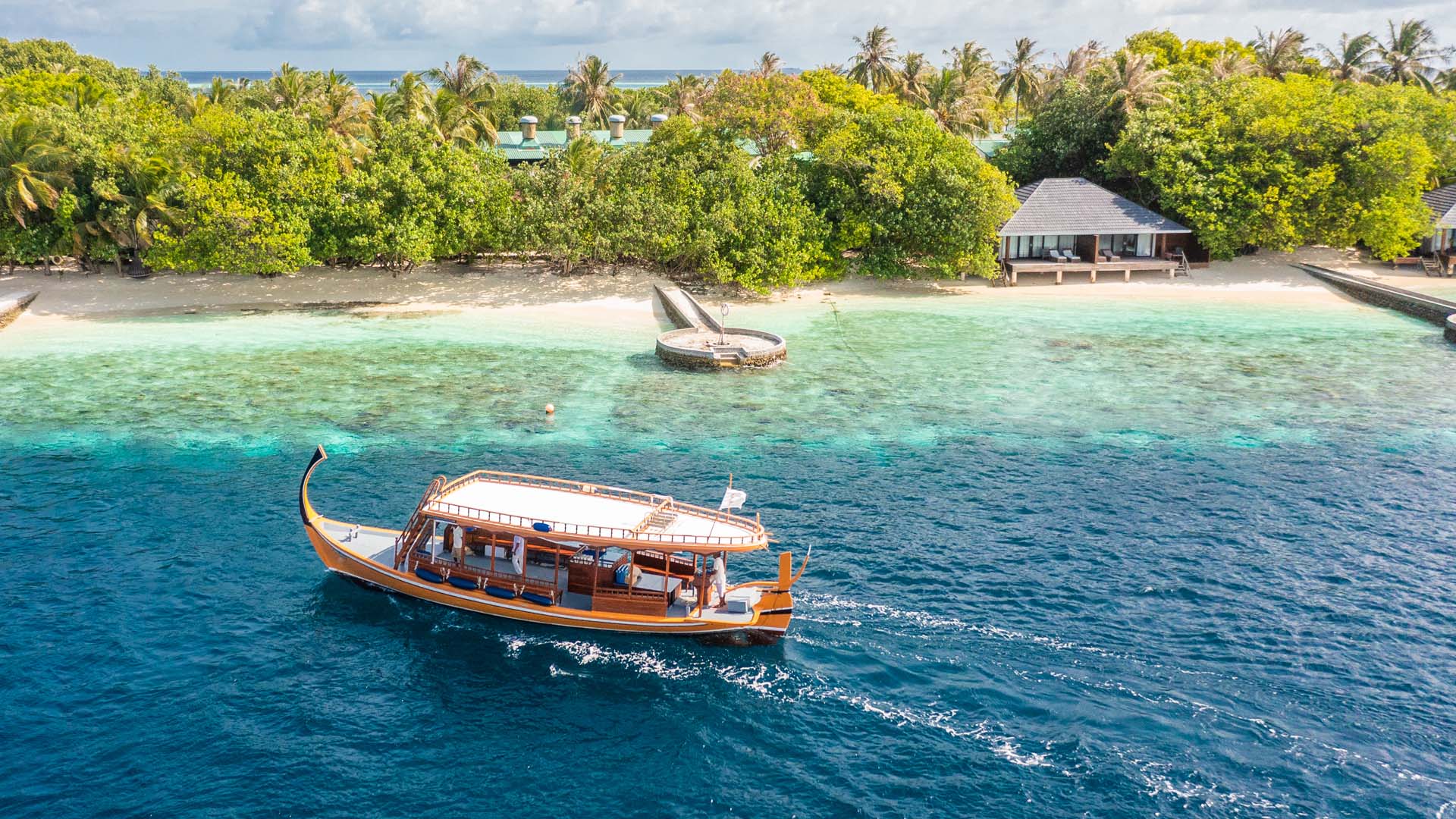 So you land in the Maldives, now what? Depending on where you are staying, the journey to your resort or guesthouse can get quite lengthy. If you are staying in a guesthouse within the Greater Male’ Area, you can take the bus or a taxi to your destination.
So you land in the Maldives, now what? Depending on where you are staying, the journey to your resort or guesthouse can get quite lengthy. If you are staying in a guesthouse within the Greater Male’ Area, you can take the bus or a taxi to your destination.
If you are staying on a nearby island, you can take either a ferry or a speedboat. Most resorts and guesthouses will have a representative waiting to guide you to your transfer upon arrival. The journey can get a little rocky with the wind, but it is usually a breeze. Ferries are much cheaper than speedboats, but the latter makes for a quicker journey.
However, if you are staying a great distance away from the Male’ International Airport, you may need to travel by air. Choose either a domestic flight or seaplane. Capture breathtaking aerial views of the archipelago when you travel by seaplane. We would suggest you take the scenic route because seaplanes dock near most resorts, while you will have to travel by ferry or speedboat to your resort once your domestic flight lands on a local island.
7. Currency
 The local currency is Maldivian Rufiyaa (MVR).
The local currency is Maldivian Rufiyaa (MVR).
Most local establishments accept Visa, MasterCard and American Express, but it is always useful to have cash in hand if you are staying in or visiting a local island. Some local businesses do accept USD and Euros up to a certain limit.
8. What to pack
Packing for a vacation in the Maldives is a breeze. The weather is warm and sunny all year round, so make sure to bring light clothes. Think flowy and airy shirts and dresses. Lean towards light colours and organic fabrics like cotton so you stay can stay cool. And of course, be sure not to forget your bathing suit. You will definitely need more than one; you will want to soak up the warm sunshine.
Your accommodation will usually have basic necessities like towels, hairdryers and toiletries, but it never hurts to ask.
There are some items that are considered prohibited or restricted goods in the Maldives. If you happen to be carrying them in your luggage, they will be seized by Customs officials upon arrival. These include alcohol, pork, and idols for worship. View the full list of contraband and additional details here.
9. Airlines operating to Maldives
Here is a list of airlines operating to the Maldives as published by the Ministry of Tourism as of 25th November 2021:
- British Airways
- Azur Air Russia
- Fly Dubai
- GoAir
- SriLankan Airlines
- Austrian Airlines
- Uzbekistan Airways
- Lot Polish Airlines
- Neos
- Edelweiss
- Turkish Airlines
- Emirates
- IndiGo
- Aeroflot
- Air Astana
- Air France
- Condor
- Air Seychelles
- Lufthansa
- Qatar Airways
- Etihad Airways
- Air India
- Singapore Airlines
- Gulf Air
- Air Vistara
- Saudi Arabian Airlines
- Mongolian Airlines
For more updates regarding airlines operating to the Maldives, refer to the ministry’s website.

